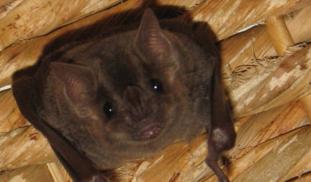Please wait...
About This Project
Many flying bats carry out two energetically expensive behaviors: wing beat and sonar emission. To economize these behaviors bats use flight muscles to also impose compression on the respiratory tract (RT), forcing air out during sonar emission. We will analyze possible RT adaptations by assessing changes in RT cartilage ring makeup in one day-old bats up to adult bats. Analysis of RT's from bats that cannot yet fly up to flying adults will elucidate the effects of this compression on the RT.





